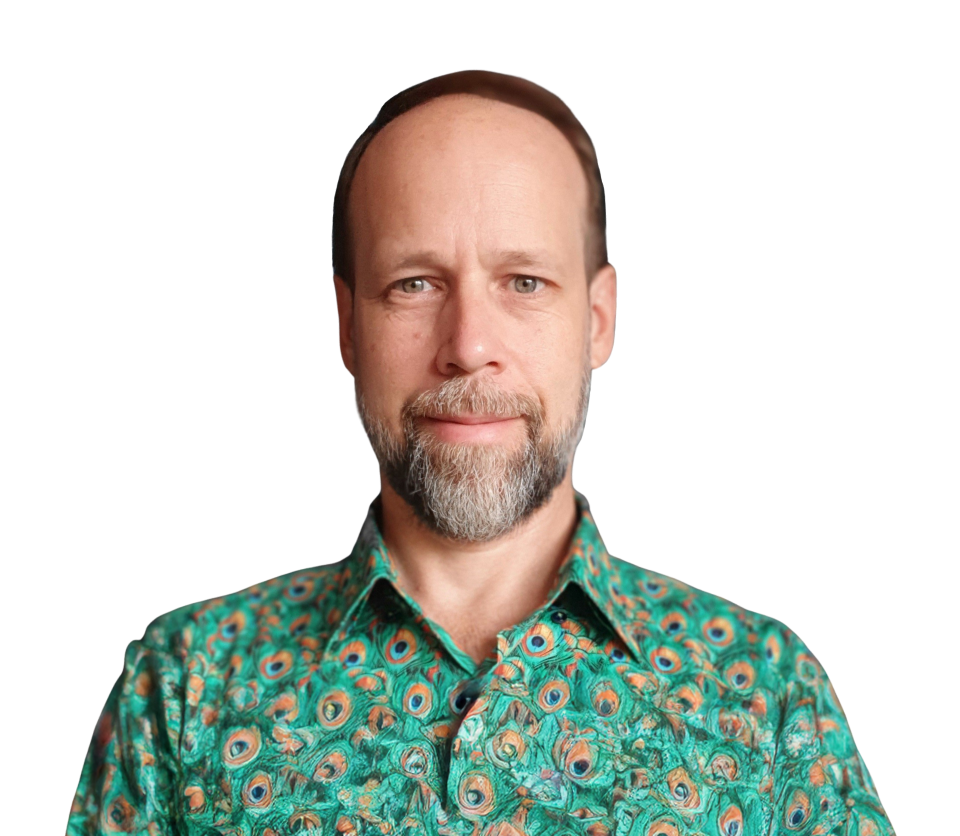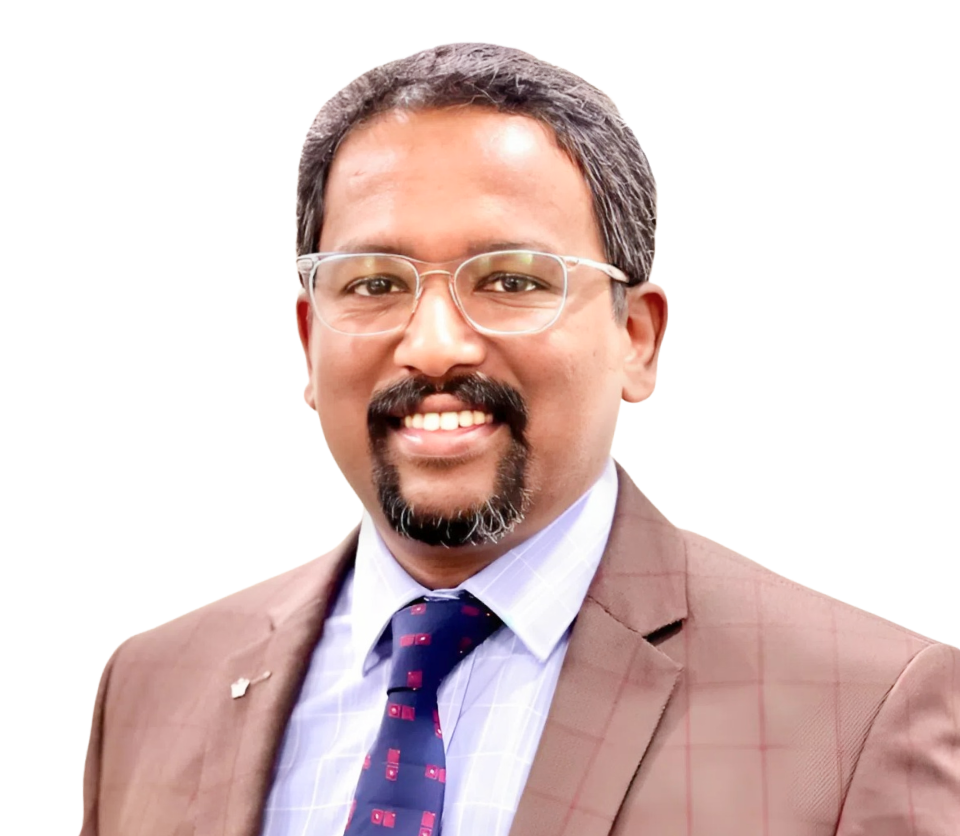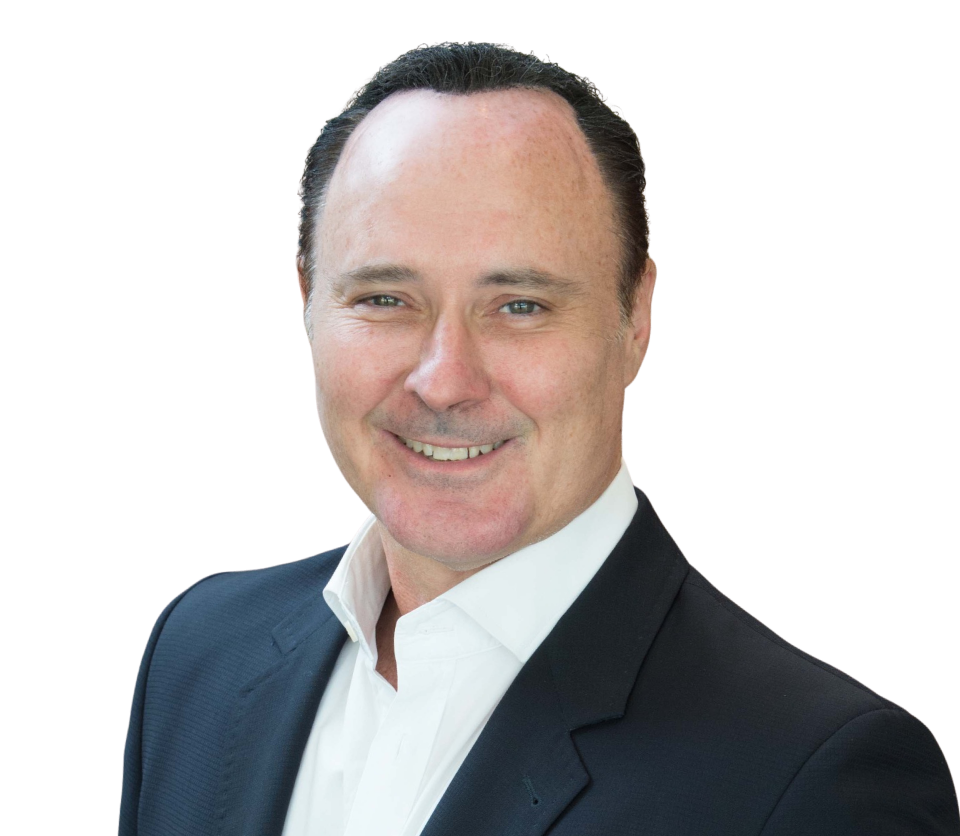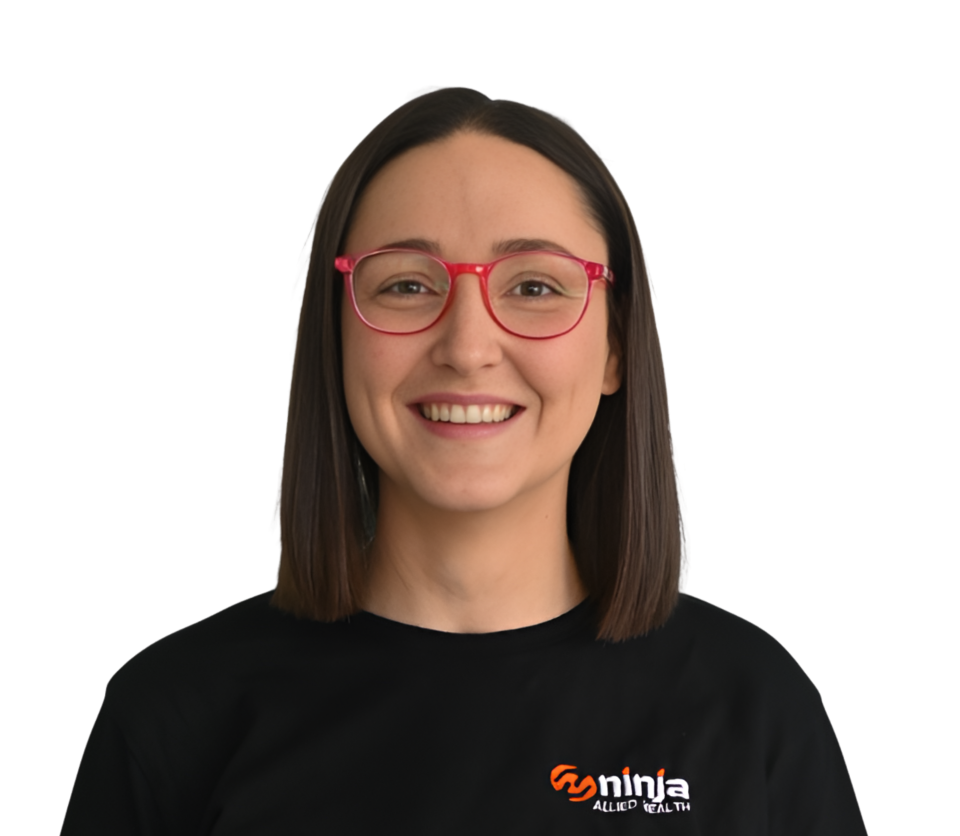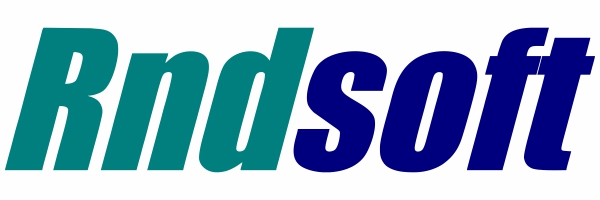Meet Our Featured Speakers
Voice Diagnostics
The next wave of telehealth breakthroughs will be driven by AI-powered voice diagnostics, intelligent triage systems, cross-platform interoperability, non-invasive screening methods, and the emergence of vocal biomarkers for real-time health monitoring.
Show more
Telehealth is no longer a future prospect. It is now a central part of healthcare delivery. Global health systems are evolving rapidly, with growing demand for scalable, cost-effective, and decentralised models of care. Remote diagnostics, cloud-based platforms, and AI-supported voice analysis have become essential for delivering care that is proactive, predictive, and personalised. While the early stages of telehealth focused on virtual consultations, wearable monitoring, and app-based interfaces, today the landscape has matured into something far more dynamic.
How Telehealth is Transforming Healthcare
Telehealth continues to gain momentum, driven by advances in AI and patient-centric technologies. Voice diagnostics, which detect illness through changes in speech and acoustic patterns, has emerged as one of the most promising innovations. With voice samples easily captured via smartphones or smart speakers, this technology enables early identification of conditions such as respiratory diseases, neurological disorders, stress, anxiety, and even cardiac irregularities. This breakthrough in non-invasive diagnostics shortens the path to treatment, reduces the burden on primary care, and brings health insights into the homes of millions.
The sector is experiencing growing demand for intuitive interfaces and interoperable systems that help reduce delays in clinical decision-making. Low-code AI integrations and open APIs are increasingly preferred by solutions providers, allowing health organisations and payers to implement advanced diagnostics without the need to overhaul existing infrastructure. At the same time, telehealth platforms are expected to adopt user-centric designs that function reliably across diverse regions and demographics, from rural clinics to metropolitan hospitals. One of the most disruptive changes is the use of voice diagnostics, which allows clinicians to receive continuous updates on patients’ conditions between formal check-ups. This enables a shift from reactive to predictive care.
The Rise of Digital Twins and Virtual Health Models
Many forward-thinking healthcare organisations are now investing in digital twins, which are virtual representations of patients that evolve in real time using aggregated data, including voice-based biomarkers. AI models can simulate treatment outcomes or detect anomalies well before physical symptoms appear. These simulations enable clinicians to test therapies in a virtual setting and intervene earlier, leading to improved outcomes and reduced costs. Providers are beginning to move these intelligent health models to secure cloud platforms, where clinical control systems are no longer restricted to local devices but are accessible via shared infrastructure and protected by robust data privacy protocols.
The secure sharing of health data, particularly anonymised voice datasets, is essential to advancing voice diagnostics. Collaborative data spaces involving clinics, research institutions, insurers, and government bodies are becoming foundational. These shared environments form the base layer for training more robust voice AI models, ensuring inclusivity across age groups, languages, and ethnic backgrounds. For stakeholders, this creates opportunities for new business models based on digital health analytics and preventative care insights.
A New Chapter in Telehealth
The latest chapter in telehealth tells a story of unprecedented mobility and intelligence. It is a world where AI-enhanced stethoscopes can listen to your voice during a phone call and detect early signs of a stroke, where voice patterns reveal emotional burnout or cognitive decline, and where a mother in regional Australia can receive a real-time asthma alert for her child based on a 10-second voice recording. Yet, alongside this progress, new vulnerabilities are emerging.
Cybersecurity now ranks as the most pressing concern for health technology leaders. As telehealth platforms grow richer in-patient data and become more deeply integrated with electronic medical records, they are increasingly attractive targets for malicious actors. Securing patient trust will rely not only on technical safeguards but also on transparency, governance, and the ethical use of AI.
Despite these challenges, the momentum behind voice diagnostics and telehealth remains strong and continues to grow. Telehealth Australia 2026 will bring together healthcare stakeholders from around the world, including health insurers, telehealth platforms, policymakers, and frontline providers, to navigate this defining moment in digital medicine. The focus is not only on showcasing innovation but also on shaping the future of healthcare that is connected, intelligent, and human centred.
Topics on the agenda
REIMAGINING CLINICAL DOCUMENTATION BY USING AI FOR AUSTRALIA’S HEALTH / TELEHEALTH ECOSYSTEM
Day 2: undefined
09:10 - 09:35
INTRODUCING AI TO YOUR PRACTICE AND THE REQUIRED LEGAL GUIDELINES
Day 2: undefined
09:40 - 10:05
THE FUTURE OF DENTISTRY IS VIRTUAL: HOW AI AND TELEHEALTH ARE RESHAPING ORAL CARE AT HOME
Day 2: undefined
12:30 - 12:55
SUBSCRIBE FOR UPDATES
By submitting, you agree to receive email communications from the event organizers, including upcoming promotions and discounted tickets, news, and access to related events.




